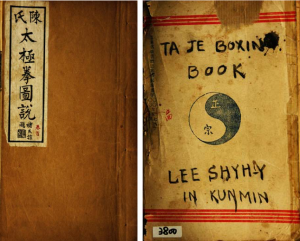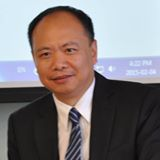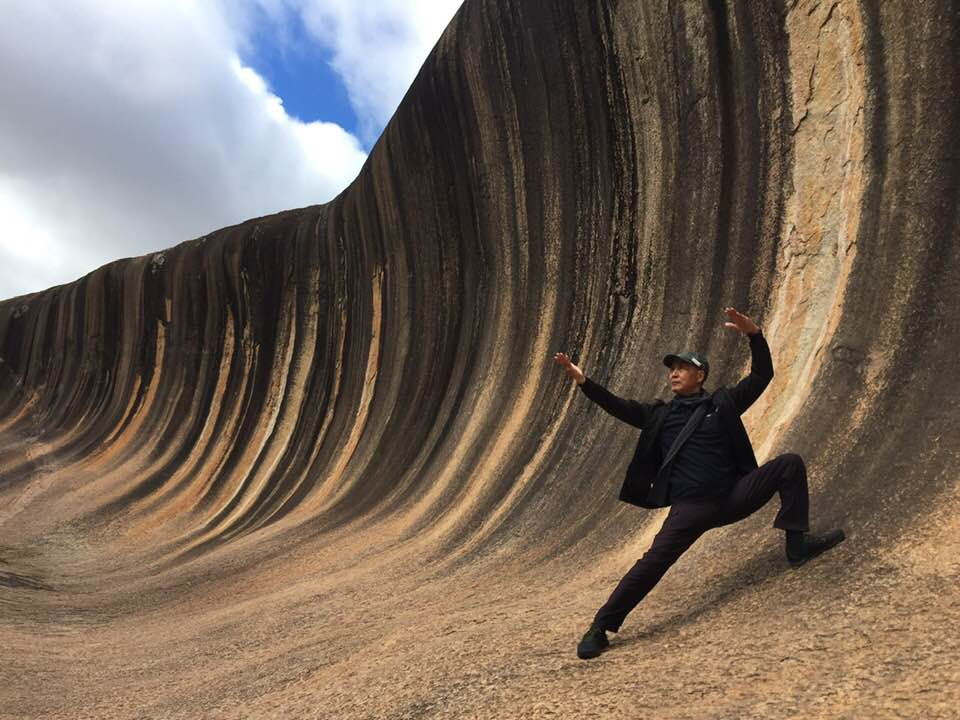by Guo-Bin Dai & An Lu
Journal of the Philosophy of Sport
(published online 06 August 2019)
Abstract
Wushu is widely misunderstood and its essentially combative nature is being challenged in public discussion. Understanding and recovering its essential nature has become a core issue. This paper first conducts a review of the history of the Chinese hieroglyphic 武 (Wu) which is the core of the phrase of Wushu, and explores the word’s two most widely-accepted interpretations: ‘to carry a dagger-axe to fight with’ and ‘to put away the dagger-axe and stop fighting’. Understanding these two interpretations of Wu is the key to understand Wushu which is an art about Wu. Second, this paper, referencing cultural history, analyzes different methods of Wushu practice: Gedou (free combat), Taolu (compiled routine) and Gongfa (basic prowess). Third, based on Wittgenstein’s concept of family resemblance, this paper analyzes the different sorts of opponents, either real or imagined, in Taolu, Gedou, and Gongfa. Finally, this paper redefines Wushu as a culture of adversaries where such adversaries implicitly transfer the practitioner’s focus ‘from non-human to human’ and ‘from others to the self’.
From the article:
“… It is noteworthy that among those visible and invisible, microscopic and
macroscopic adversaries, the biggest adversary is the practitioner himself. As
Lao Tzu once stated, ‘He who is able to overcome himself is the winner’. In
order to improve their own ability of overcoming the self, Wushu masters
not only created Taolu, but also set a series of ethical norms to overcome
their own instinctive impulse. Taking self as an adversary demonstrates the
self-control and inward-inspection of Chinese culture. Thus, as the culture of
adversaries, Wushu has civilization on the outside and a warrior in the inside.”
Acknowledgments:
The authors of this paper appreciate all the reviewers’ and editors’ suggestions on the revision. Special thanks should go to Professor Paul Gaffney for his warm encouragement in helping us improve the paper. We also thank Dr. Ben Judkins for his generous help and advice. Any errors are our own and we accept any and all criticism or correction.
https://www.tandfonline.com/doi/full/10.1080/00948705.2019.1649599




